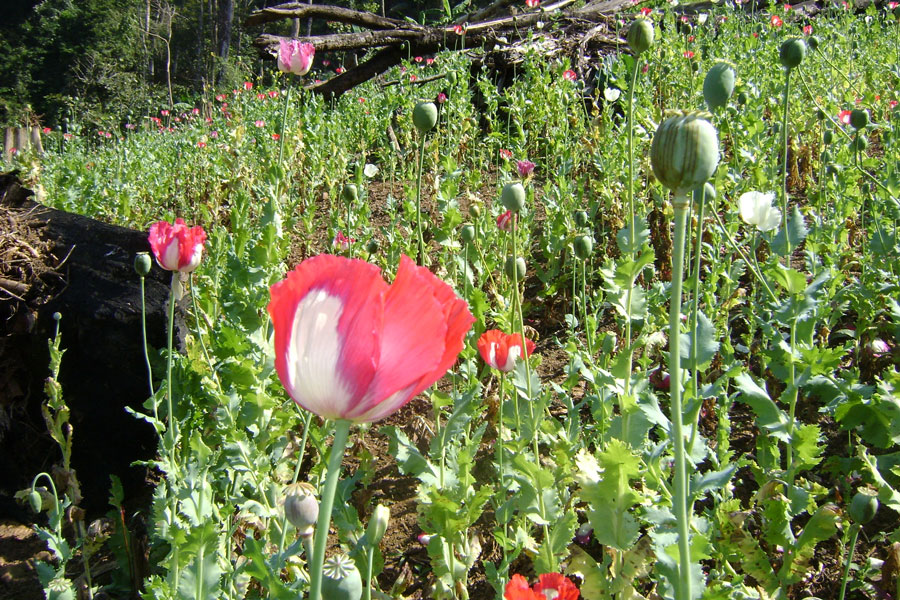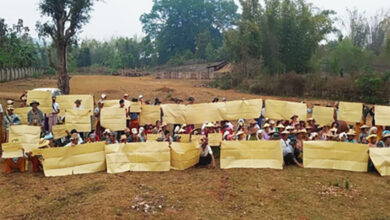FBR Report: Parts of Chin State Turn to Growing Opium to Beat Poverty

A report by Free Burma Rangers, a humanitarian organisation, has found evidence of opium growing in areas of Chin State, Burma’s Westernmost State.
Chin State is one of Burma’s poorest states and is not known as an area for large opium production, which is more closely associated with Eastern Shan and Kachin States, that form part of the notorious ‘Golden Triangle.’
FBR teams have documented opium growing in Chin state and back it up with photo evidence and eyewitness testimonies.
“FBR teams on the ground have noted that many internally displaced people (IDPs) and farmers have turned to the cash crop as a more profitable means of income in the wake of the massive destruction of traditional crops,” FBR said.
The Free Burma Rangers said local villagers were increasingly relying on opium as a cash crop because their usual crops were failing due to a mix of environmental and political factors, including recent flooding and the Indian military shutting down areas along the India-Burma border, that had been used for crop production.
“Villagers have been left with few options to provide for themselves and their families. As the opium poppy is a drought-resistant crop, it is an easier and more lucrative means of making money when other means fail.” FBR said.
FBR warned that the growth of Opium had led to social problems, noting that one village called Singpial, an enclave of around 70 households, had seen “seven opium-related deaths” and the arrest of a further four people for opium smuggling.
A 2014 United Nation’s Office on Drug and Crime report, Southeast Asia Opium Survey, stated that 57,800 hectares of land were being used to grow opium in Burma. Although this figure has been disputed as being too low by regional media. Based on that hectares statistic, Burma produced approximately 870 tons of opium worth around $US 540 million.




